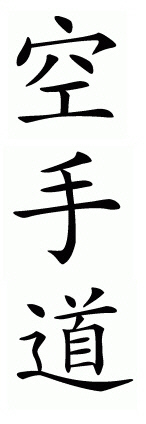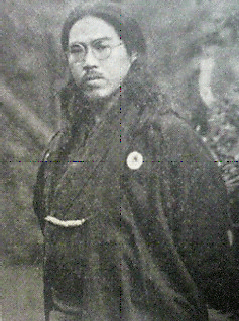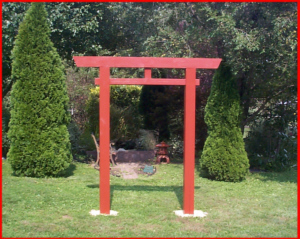Additional support for this conclusion is also available in a 1963 interview with the official authority on the history of Japanese martial traditions, the Bugei Ryuha Daijten, which at the time was gathering information from the heads of various traditional Japanese martial arts systems for its updated publication. The interview appeared in the 1963 edition of Bugei Ryuha Daijiten, and was again reprinted in the 1978 annotated and revised edition, which was authored by Watatani Kiyoshi and Yamada Tadashi. The interview with Fujita took place in his capacity as the inheritor of Koga Ryu Wada Ha. The entry of Fujita's information for the Koga Ryu Wada Ha, which appears on the top of page 273, is as follows: "This ryu is one of the 53 Koga families. Moreover, this ryuha is one of the Minamiyama Rokke of only 6 families, and nobody knows this ryuha." Watatani then attributes the quote to "Fujita Seiko, 1963."
In the 1978 revision, Watatani then summarized and reflected upon Fujita's information: "So here Fujita Seiko was the last soke of this ryuha and it was one of 6 ryu that belonged to the Minamiyama Rokke, maybe 6 strong families or an organization." He ends his reflection in a very telling way by writing, "also, nobody knows this ryuha today. I think he never taught it." This is a damning verdict from a man who is the author of Japan's official "Martial Arts Directory," a publication that is considered the authority in all matters of Japanese martial arts. This statement by Watatani, absent outright and validated evidence contradicting it, must be considered martial arts canon.
There are two additional entries that mention Fujita, one on the bottom of page 921, that is simply entered as "Wada Ryu," and which is said to be the same as Koga Ryu Wada Ha. The entry mentions that a "Wada Iga Morishinori founded the ryu, [and that] Fujita Seiko is a descendent of his." The entry provides a very compelling piece of evidence that the Koga Ryu Wada Ha was transmitted through Fujita's family, and coincides with the evidence that he genuinely believed he was soke of the last Koga ninja tradition. In another entry, on page 273, Fujita makes an "educated guess" about another school, saying it was known as "Wada To." Watatani then states that in his opinion this was only a guess, which is testimony to the fact that Fujita's expertise extended only to Koga Ryu Wada Ha, a fact which is starkly at odds with those fraudulent claimants who make generic claims that Fujita was soke of Koga Ryu as a general system.
The most interesting information that emerges from Watatani's interview, however, is Fujita's clear insistence that he had not taught the system to anyone, and Watatani's subsequent conclusion that Fujita was the last soke of Koga Ryu Wada Ha. The impact of such a statement, to an authority of the nature of the Bugei Ryuha Daijiten, is clear. The entry of the statement into the record, whether factual or not, would relegate all future claimants to a linear inheritance of the system to the ranks of charlatans and con artists.
There can be only one reasonable conclusion, for reasons that may never be entirely clear, that Fujita, a man who had spent his entire life practicing and trying to preserve the traditional martial arts of Japan, had just three short years before his death, unalterably decided he would be, as his 1959 book declared, "The Last (Koga) Ninja." The question then, is why was he was so intent on a course of action that seemed so at odds with his life's work? What was it about this Koga Ryu Wada Ha that made it so different from his other martial arts systems of Dai En Ryu Jojutsu, Nanban Sato Ryu Kenpo and Shingetsu Ryu Shurikenjutsu? The answer may lie in the unique nature of Ninjutsu. The evidence to support this conclusion has emerged from records of another interview that took place two years before Fujita died. |








